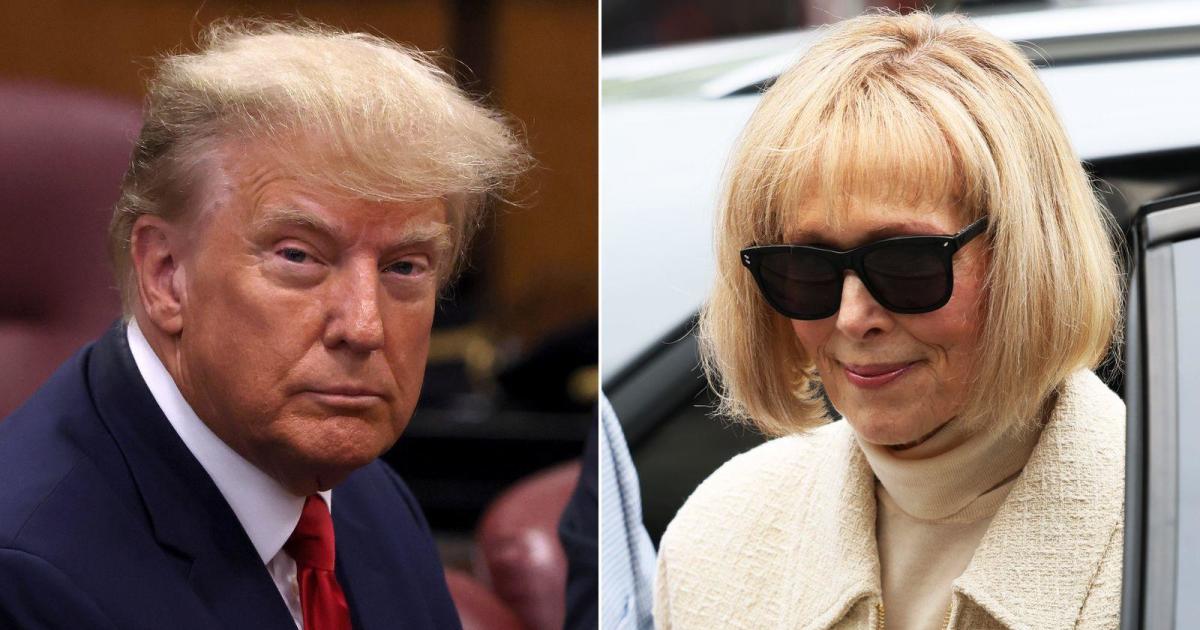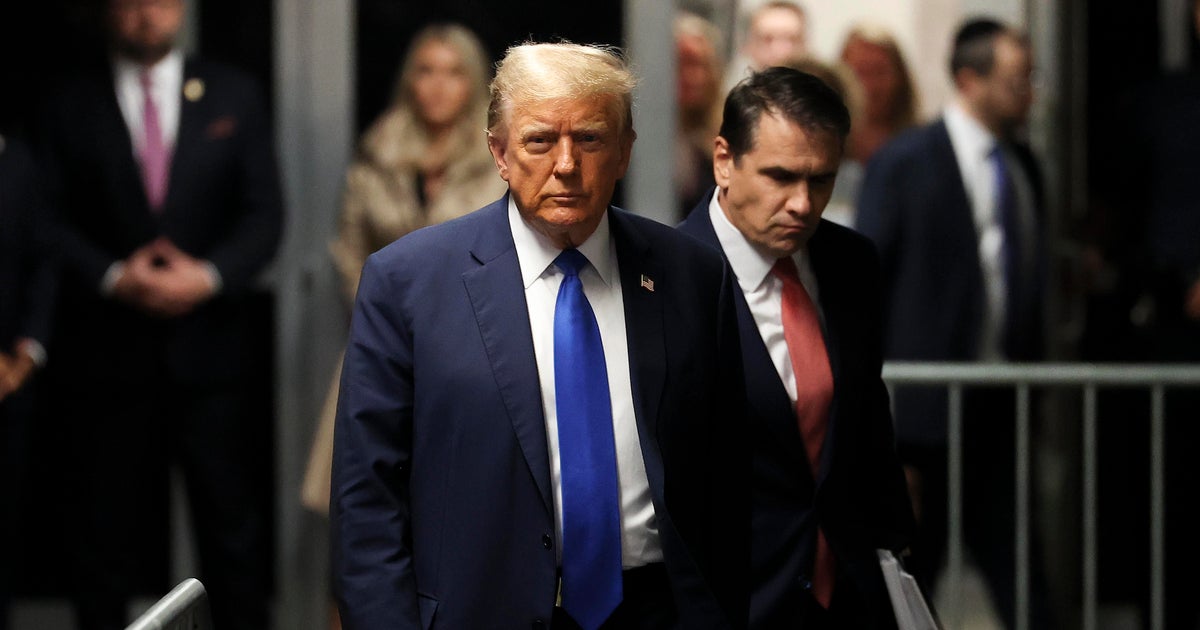Another lifeline is ending as extra federal jobless aid winds down
Millions of unemployed Americans are running out of options, with their jobless benefits set to run out the day after Christmas. At the same time, another government aid program geared to workers affected by the coronavirus-induced economic crunch is about to expire.
The Lost Wages Assistance (LWA) program, created by President Donald Trump in August via an executive order, came only days after the end of federal relief that provided $600 in extra weekly jobless aid. Mr. Trump said his program would fill the breach after he blamed "political games" for failing to provide an extension of jobless benefits.
Four months later, the LWA program is largely tapped out, and lawmakers have yet to agree on another stimulus package. Only a few states are continuing to pay the $300 in supplemental weekly benefits directed by Mr. Trump, mainly because their systems were slow to get the funds to recipients, according to data from UnemploymentPUA.com, which tracks unemployment benefits. The aid provided six weeks of extra help, or $1,800 per jobless worker, with most states trickling out six weeks of checks starting in September and October.
"People appreciated the resources, but for me I look at it as a failure because it allowed the president and Congress to say they were doing something in terms of topping up jobless benefits, but missing the best opportunity to deliver aid throughout the rest of the year," said Andrew Stettner, an expert on unemployment at The Century Foundation, a progressive think tank.
Among the handful of states that are still sending checks under the LWA program are Alaska, Kansas and Nevada, according to UnemploymentPUA.com. It expects the funds to be exhausted later this month, one of its experts told CBS MoneyWatch.
The expiration of jobless aid would deprive the almost 19 million workers who are collecting benefits of a critical source of income. About 12 million of them — many of them long-term unemployed workers as well as gig economy workers — are due to be cut off from benefits on December 26. Lawmakers are now negotiating another round of stimulus funding, but it's unclear whether relief could arrive in time to avoid a benefits cliff before year-end.
The labor market is also facing stiff headwinds as COVID-19 cases expand across the U.S. On Friday, the Labor Department said hiring slowed sharply last month as the coronavirus battered the economy. The "disappointing" report "shows the third wave of the pandemic is having a bigger effect on hiring than had been thought," said Brad McMillan, Chief Investment Officer for Commonwealth Financial Network, in an email.
From the start, the LWA program fell short of Mr. Trump's goal of providing $400 per week to unemployed workers. Under his plan, the Federal Emergency Management Agency kicked in $44 billion in funds normally reserved for disaster relief, with states expected to contribute the rest. But cash-strapped states instead were allowed to use their existing unemployment benefits to count toward the program, effectively reducing Mr. Trump's aid to $300 per week.
At the same time, the clock is ticking on two key unemployment programs directed by the Coronavirus Aid, Relief and Economic Security, or CARES, Act, with both expiring on December 26. One — the Pandemic Unemployment Assistance program — provides jobless aid to self-employed and gig workers. That would deprive 7.3 million workers of urgently needed income, according to a study released last month by The Century Foundation.
The second initiative — called the Pandemic Emergency Unemployment Compensation (PEUC) program — provides an additional 13 weeks of jobless aid beyond the typical 26 weeks that states provide. Another 4.6 million workers will be cut off from PEUC on December 26, The Century Foundation found.
That would create a second benefits cliff following the end of the federal Pandemic Unemployment Compensation program, which expired at the end of July and which had provided jobless workers with an extra $600 in weekly benefits. Mr. Trump's LWA program helped soften that blow, but it was only a temporary patch, experts point out.
"$300 is better than zero dollars," said Michele Evermore, senior policy analyst at the National Employment Law Project. "The act of doing this through executive order made Congress think they didn't have to worry about the July deadline, and now we are pressing up against at the PUA and PEUC deadlines."
She added, "Every day we wait [for more aid] is a potential day that people do fall off the cliff in the dead of winter in the middle of the pandemic."



